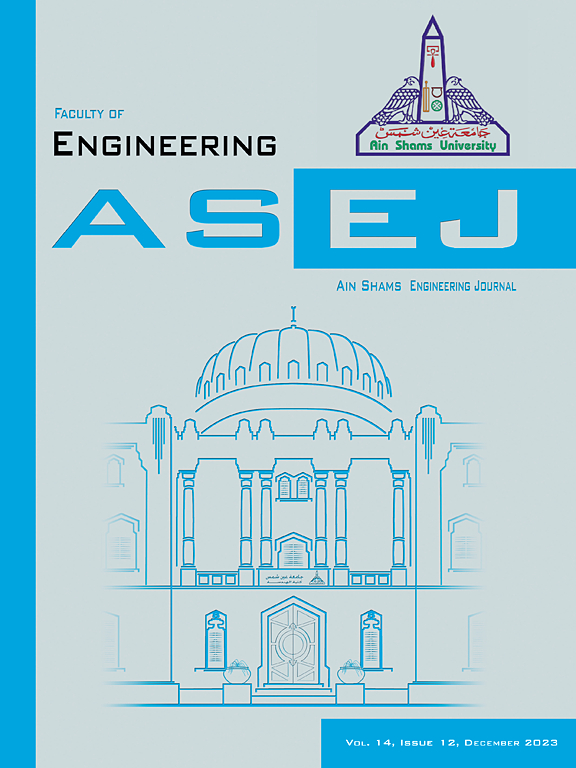考虑医院优先的疫情应急医疗低碳冷链运输路线优化
IF 5.9
2区 工程技术
Q1 ENGINEERING, MULTIDISCIPLINARY
引用次数: 0
摘要
2020年初,在武汉突发新型冠状病毒疫情期间,救援医疗冷链物资的囤积、不及时、缺乏透明度、配送不合理等问题也暴露出国内医疗物流应急配送的弊端。因此,研究以医院为主体的应急医疗冷链物资配送路线的优化就显得尤为重要。首先,采用k均值聚类算法对医院优先级进行分类;随后,本文提出了商品短缺和缺货两种情况,并构建了以总成本为目标函数的路径优化模型。最后,采用改进的蚁群算法对模型进行求解。结果表明,通过仿真验证了模型的有效性和合理性,该方法可以有效地解决医院优先急救分配的卡车路径问题。本文章由计算机程序翻译,如有差异,请以英文原文为准。
Optimization of emergency medical low-carbon cold chain transportation routes considering hospital priority during an epidemic outbreak
At the beginning of 2020, during the sudden outbreak of the novel coronavirus in Wuhan, the hoarding, untimeliness, lack of transparency and unreasonable distribution of rescue medical cold chain materials also exposed the drawbacks of domestic medical logistics emergency distribution. Therefore, it is particularly important to study the optimization of the emergency medical cold chain material distribution routes mainly for hospitals. Firstly, the K-means clustering algorithm is used to classify the hospital priorities. Subsequently, this paper proposes two situations: shortage of goods and lack of goods, and constructs a path optimization model with the total cost as the objective function. Finally, the improved ant colony algorithm is adopted to solve the model. The results show that through simulation to verify the validity and rationality of the model, this method can effectively solve the truck routing problem of priority emergency allocation in hospitals.
求助全文
通过发布文献求助,成功后即可免费获取论文全文。
去求助
来源期刊

Ain Shams Engineering Journal
Engineering-General Engineering
CiteScore
10.80
自引率
13.30%
发文量
441
审稿时长
49 weeks
期刊介绍:
in Shams Engineering Journal is an international journal devoted to publication of peer reviewed original high-quality research papers and review papers in both traditional topics and those of emerging science and technology. Areas of both theoretical and fundamental interest as well as those concerning industrial applications, emerging instrumental techniques and those which have some practical application to an aspect of human endeavor, such as the preservation of the environment, health, waste disposal are welcome. The overall focus is on original and rigorous scientific research results which have generic significance.
Ain Shams Engineering Journal focuses upon aspects of mechanical engineering, electrical engineering, civil engineering, chemical engineering, petroleum engineering, environmental engineering, architectural and urban planning engineering. Papers in which knowledge from other disciplines is integrated with engineering are especially welcome like nanotechnology, material sciences, and computational methods as well as applied basic sciences: engineering mathematics, physics and chemistry.
 求助内容:
求助内容: 应助结果提醒方式:
应助结果提醒方式:


